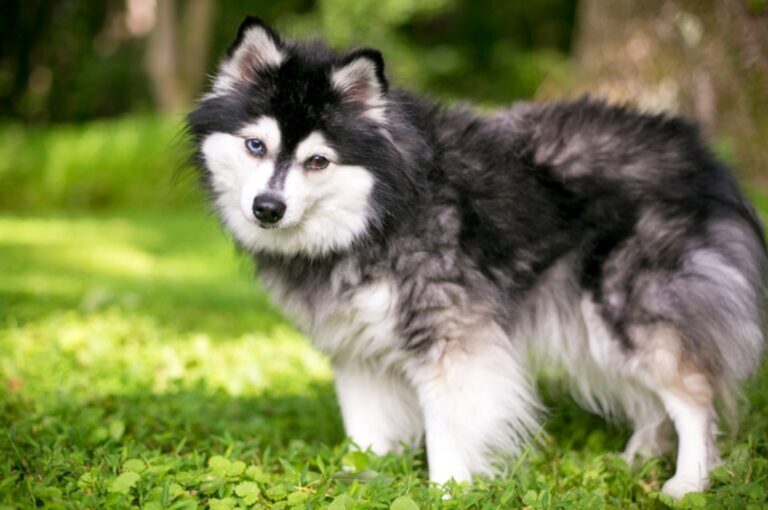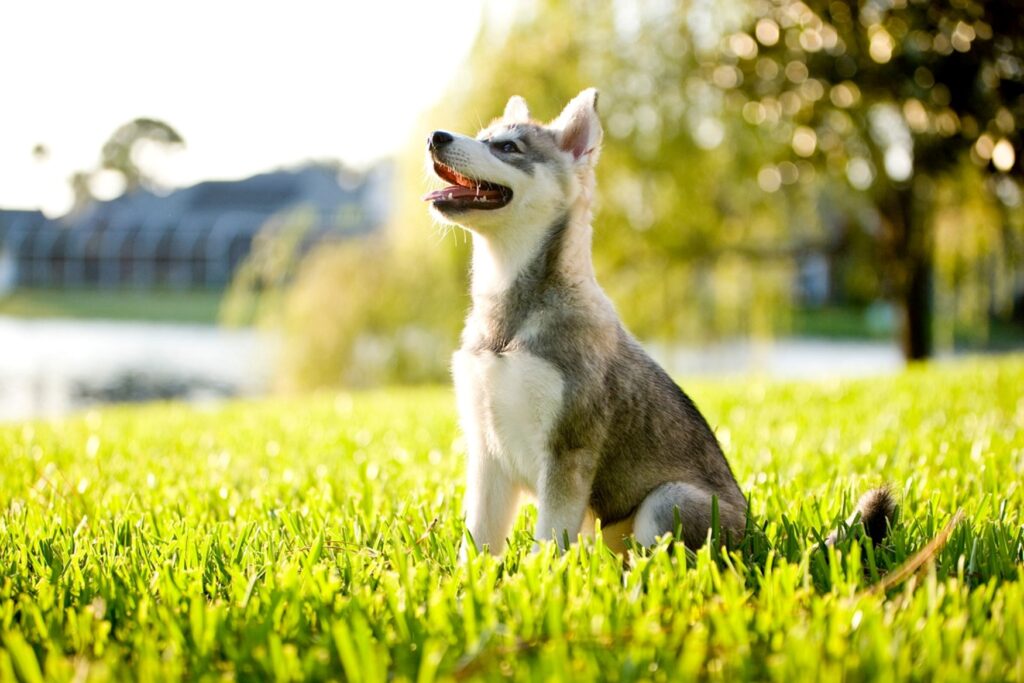The Alaskan Klee Kai is a lively, energetic dog. When given enough exercise and appropriate activities, it shows its affectionate, loving side at home.
However, an under-stimulated dog can appear nervous and tense, and may develop a certain level of destructiveness.
Is the Alaskan Klee Kai Suitable for Novice Owners?
The breed is known as intelligent, adaptable and eager to learn, with a strong “will to please.”
This makes training the Alaskan Klee Kai manageable even for motivated new dog owners. Gentle guidance, consistency, and positive reinforcement yield the best results with this attentive pup.
Is the Alaskan Klee Kai a Family Dog?
In principle, the curious, loyal Alaskan Klee Kai is suitable as a family dog. However, it should not be left alone with small children, as it may react negatively to rough handling.
Due to its strong hunting instinct, cats and small pets like rabbits and guinea pigs might be seen as prey. For a peaceful coexistence, the AKK should be familiarised with them from puppyhood.
A well-socialised Alaskan Klee Kai is generally very sociable and can often be kept as a second or third dog with no issues.
A Vigilant Companion
This watchful dog is suspicious of strangers, which also makes it suitable as a guard dog.
It may bark occasionally and make its presence known through other sounds like howling and whining.

